The Blue-Gray Mystery of Medieval France
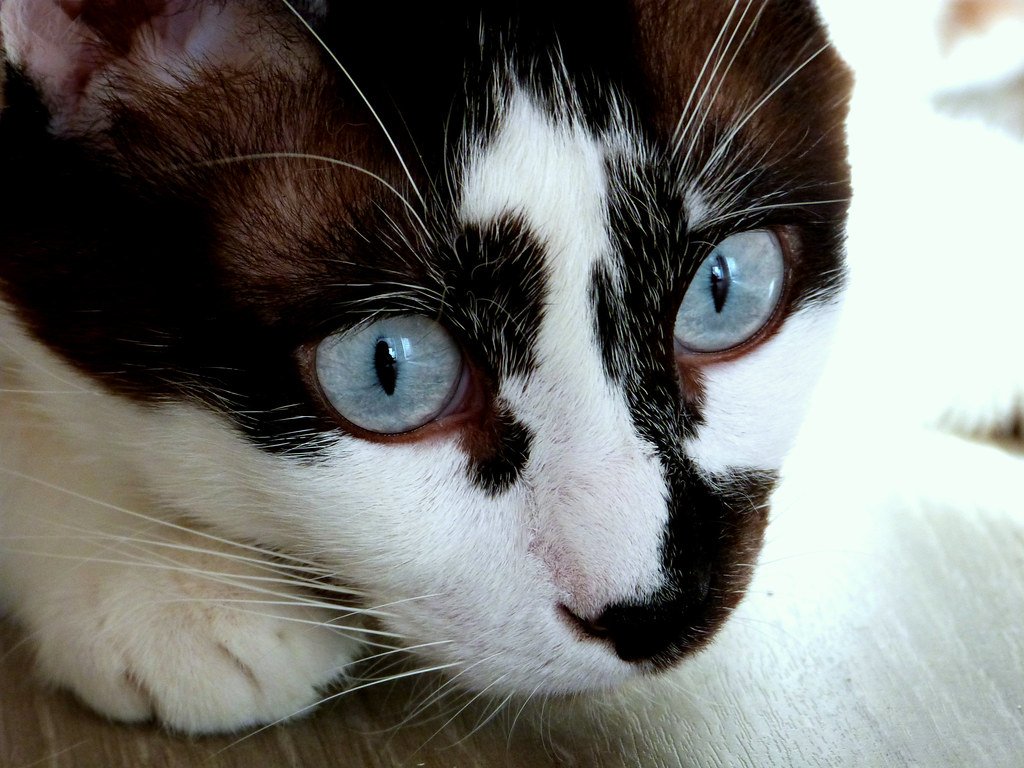
Hidden within the stone walls of French monasteries centuries ago, a remarkable cat breed emerged from legend and necessity. The Chartreux, with their distinctive blue-gray coat and piercing copper eyes, were first documented by Carthusian monks who valued their silent hunting abilities. These cats moved like shadows through monastery corridors, eliminating rodents without disturbing the monks’ prayers.
Unlike many breeds with uncertain origins, the Chartreux carries a documented history stretching back to the 1500s. French literature references these “blue cats” as early as the 16th century, describing their robust build and exceptional mousing skills. Their name likely derives from the famous Chartreuse liqueur, sharing the same monastic connections that shaped their early development.
Silent Stalkers with Copper Fire Eyes
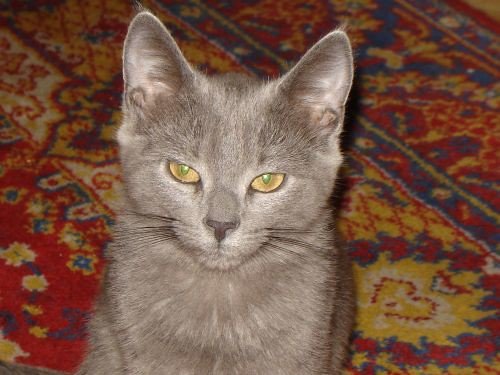
Watch a Chartreux hunt, and you’ll witness something extraordinary—a cat that moves in complete silence. Their thick, woolly coat muffles their footsteps, while their muscular build provides explosive power for the final pounce. Those brilliant copper or gold eyes track every movement with laser-like focus, missing nothing in their environment.
This breed’s hunting prowess isn’t just impressive—it’s legendary. French sailors once prized Chartreux cats aboard their ships, where these felines kept rat populations under control during long voyages. Their silent approach meant prey had no warning, making them incredibly effective shipboard pest controllers.
The Teddy Bear with a Warrior Heart

Despite their fierce hunting reputation, Chartreux cats possess remarkably gentle temperaments with their human families. Their plush, double-layer coat feels like touching a luxury teddy bear, inviting endless petting sessions. These cats often follow their owners from room to room, providing quiet companionship without demanding constant attention.
Their facial expression carries a permanent slight smile, created by their unique head shape and full cheeks. This “sourire de Chat” (cat’s smile) gives them an almost human-like quality that has charmed cat lovers for generations. They’re known to be excellent with children, displaying patience that belies their formidable hunting instincts.
Vocal Cords That Never Made the Cut

Here’s something that might surprise you—many Chartreux cats are born with underdeveloped vocal cords or are completely mute. When they do vocalize, it’s often just a tiny chirp or whisper-soft meow. This genetic quirk perfectly suited their monastic lifestyle, where silence was golden.
Instead of meowing, these cats communicate through body language and purring. They’ve mastered the art of the meaningful stare, head bumps, and gentle paw touches. Some owners report their Chartreux opening their mouths in silent meows, going through all the motions without producing sound.
Built Like French Bulldogs on Four Legs

The Chartreux body type is distinctive among cat breeds—they’re built low and sturdy rather than tall and elegant. Males can weigh up to 16 pounds, with females typically ranging from 8-12 pounds. Their broad chest and powerful hindquarters give them a somewhat bulldog-like appearance that’s both charming and formidable.
Their legs are relatively short compared to their body, but don’t let that fool you about their athletic abilities. These cats can leap impressive distances and heights when motivated. Their compact build contributes to their silent movement, as they’re less likely to knock over objects during their stealthy pursuits.
The Coat That Defies Weather and Time

Running your fingers through a Chartreux’s coat reveals why they survived harsh French winters for centuries. Their double-layered fur consists of a dense, soft undercoat protected by slightly longer guard hairs. This combination creates excellent insulation while repelling moisture.
The color is strictly regulated in breed standards—only blue-gray shades are acceptable, ranging from light ash to deep slate. Each hair is tipped with silver, creating a subtle shimmer that changes with movement and lighting. Grooming is surprisingly minimal despite the thick coat, as the texture naturally resists matting.
Intelligence That Borders on Telepathic

Chartreux cats demonstrate problem-solving abilities that consistently surprise their owners. They can open cabinets, figure out puzzle feeders, and even learn to operate light switches. Their intelligence shows in their ability to read human emotions and respond appropriately to different situations.
These cats seem to possess an almost supernatural ability to appear exactly when needed. They’ll show up for comfort during illness, disappear when guests arrive who don’t like cats, and somehow know when their owner is having a bad day. This emotional intelligence makes them exceptional therapy animals for those lucky enough to share their lives.
The Breed That Nearly Vanished
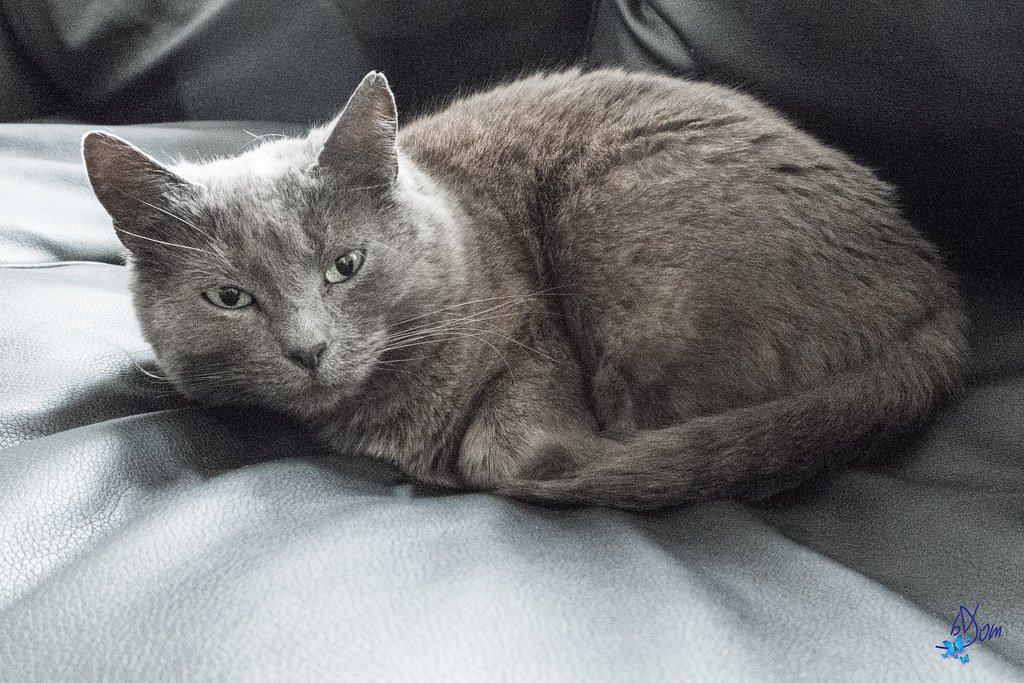
World War II almost spelled the end for the Chartreux breed. By 1945, so few remained that dedicated breeders had to outcross with other breeds to maintain genetic diversity. The breed we know today carries some Persian and British Shorthair genetics, carefully introduced to preserve the essential Chartreux characteristics.
French breeders worked tirelessly to rebuild the population, using detailed records and careful selection to maintain the breed’s distinctive traits. Today, while still relatively rare, the Chartreux enjoys stable numbers and devoted followings in France, the United States, and other countries where cat enthusiasts appreciate their unique qualities.
Celebrity Status in French Culture

The Chartreux holds a special place in French culture that goes beyond typical pet ownership. French President Charles de Gaulle owned a Chartreux named Gris-Gris, and the breed has appeared in French literature, art, and folklore for centuries. They’re considered a national treasure, representing quintessential French elegance and practicality.
Even today, French cat shows give special recognition to exceptional Chartreux specimens. The breed’s association with French heritage runs so deep that some consider owning one a matter of cultural pride. Their image appears on French postage stamps, pottery, and various artistic representations celebrating the country’s feline heritage.
Health Secrets of a Hardy Breed

Despite their reconstructed genetics, Chartreux cats enjoy remarkably good health compared to many purebred cats. Their lifespan typically ranges from 12-15 years, with many living well into their late teens. The breed’s working background contributed to a robust constitution that serves them well as companions.
The most common health concern is polycystic kidney disease, inherited from their Persian ancestry. Responsible breeders screen for this condition, and genetic testing helps identify carriers. Otherwise, these cats rarely suffer from breed-specific ailments, making them relatively low-maintenance pets from a health perspective.
The Perfect Apartment Companion
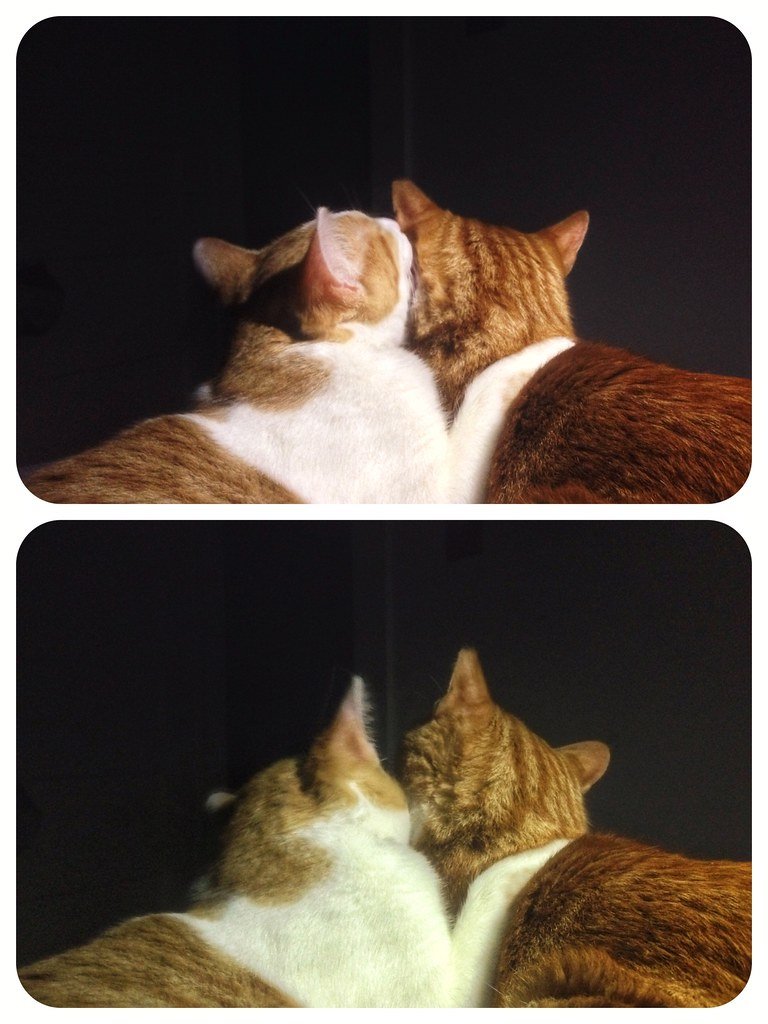
Modern city living suits the Chartreux perfectly, despite their hunting heritage. Their quiet nature makes them ideal for apartment dwellers who want feline companionship without noise complaints. They adapt well to indoor life, using their intelligence to find entertainment in their environment.
These cats don’t require extensive exercise routines, but they do appreciate interactive play sessions. A few minutes with a feather wand or laser pointer can satisfy their hunting instincts. They’re content to spend hours observing the world from a sunny windowsill, making them perfect companions for busy professionals or elderly owners.
Training a Cat That Actually Listens
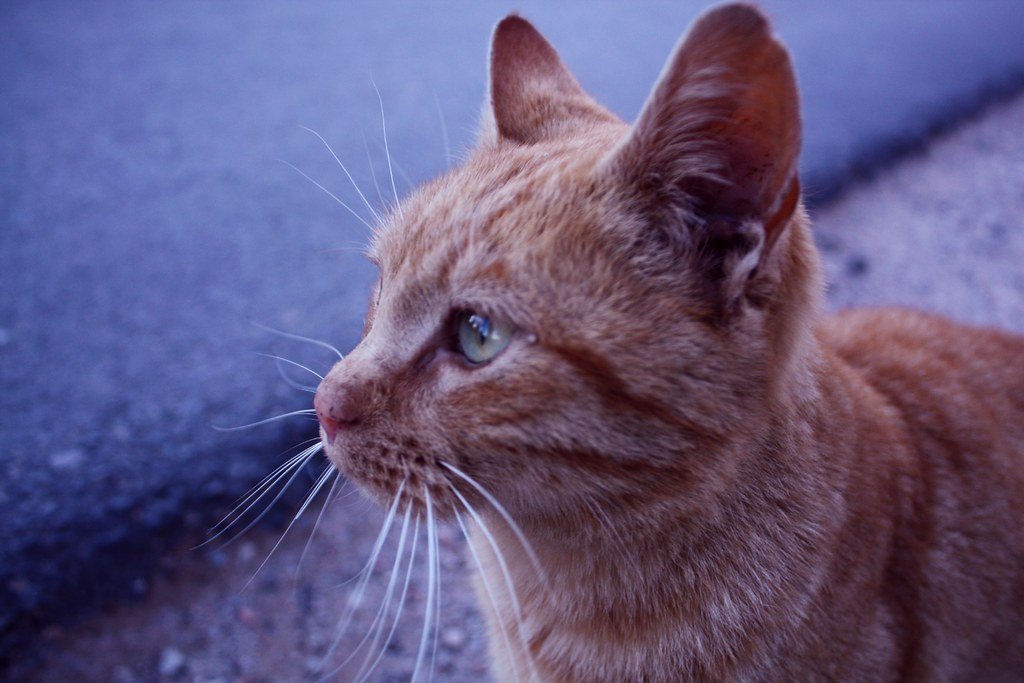
Unlike many independent cat breeds, Chartreux cats show remarkable trainability. They can learn to come when called, perform simple tricks, and even walk on leashes with proper introduction. Their desire to please their owners makes training sessions more like games than work.
Many owners successfully teach their Chartreux to use standard toilets, navigate pet doors, and respond to multiple commands. Their intelligence and food motivation make positive reinforcement training highly effective. They seem to enjoy the mental stimulation that training provides, viewing it as quality time with their favorite humans.
The Gourmet Cat with Simple Tastes

Chartreux cats aren’t typically finicky eaters, but they do appreciate quality nutrition. Their muscular build requires adequate protein, especially during their growth phase which continues until about three years of age. They’re prone to overeating if free-fed, so portion control helps maintain their ideal weight.
These cats show interesting food preferences, often favoring wet food over dry kibble. Some owners report their Chartreux expressing preferences for certain flavors or textures, but they’re generally more adaptable than many breeds. Their French heritage seems to have given them an appreciation for the finer things in life, including well-prepared meals.
Finding Your French Connection
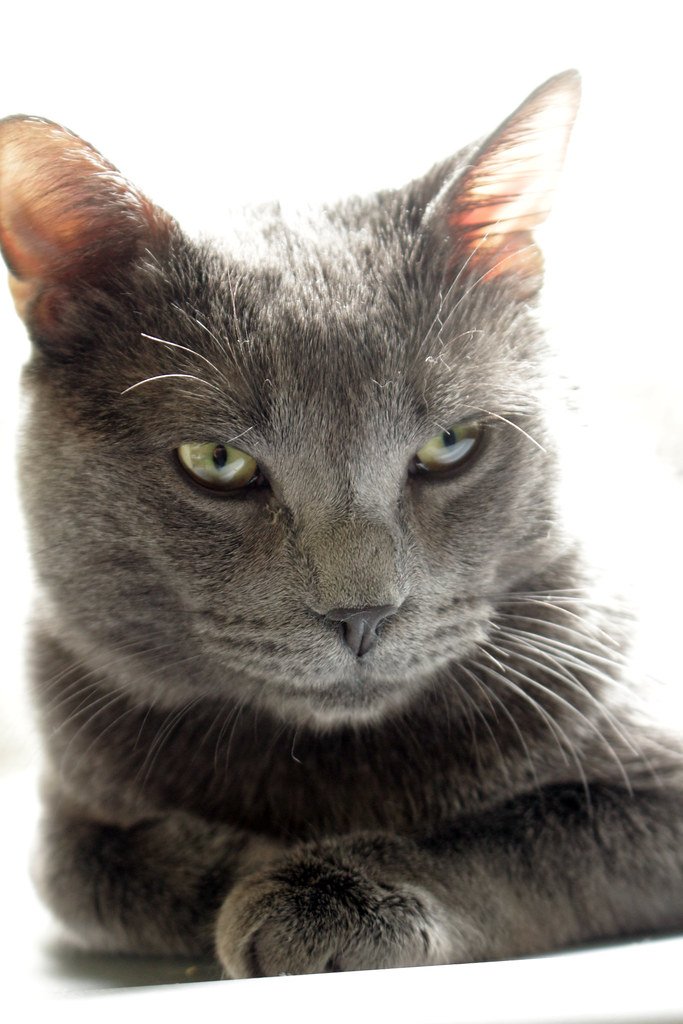
Locating a Chartreux kitten requires patience and research, as reputable breeders maintain waiting lists for their limited annual litters. Expect to pay between $1,500-$3,000 for a pet-quality kitten, with show-quality cats commanding higher prices. The investment reflects the breed’s rarity and the careful breeding required to maintain their distinctive characteristics.
Serious buyers should visit breeders in person, meet the parent cats, and verify health testing documentation. Many Chartreux breeders are passionate about the breed’s history and will gladly share stories about their cats’ lineages. Building a relationship with a breeder often leads to lifelong support and advice about caring for these special cats.
Living Legacy of Monastic Wisdom

Today’s Chartreux cats carry forward centuries of selective breeding for specific traits that made them perfect companions for contemplative life. Their calm demeanor, silent movement, and intuitive understanding of human needs reflect the monastic environment that shaped their development. In our busy modern world, these qualities make them ideal partners for those seeking peaceful companionship.
Whether padding silently through your home or curled up purring in your lap, a Chartreux brings a piece of French history into your daily life. They remind us that sometimes the most profound connections happen in silence, and that true companionship doesn’t always require words. What could be more perfect than sharing your life with a living piece of French heritage?
Hi, I’m Bola, a passionate writer and creative strategist with a knack for crafting compelling content that educates, inspires, and connects. Over the years, I’ve honed my skills across various writing fields, including content creation, copywriting, online course development, and video scriptwriting.
When I’m not at my desk, you’ll find me exploring new ideas, reading books, or brainstorming creative ways to solve challenges. I believe that words have the power to transform, and I’m here to help you leverage that power for success.
Thanks for stopping by, Keep coming to this website to checkout new articles form me. You’d always love it!






